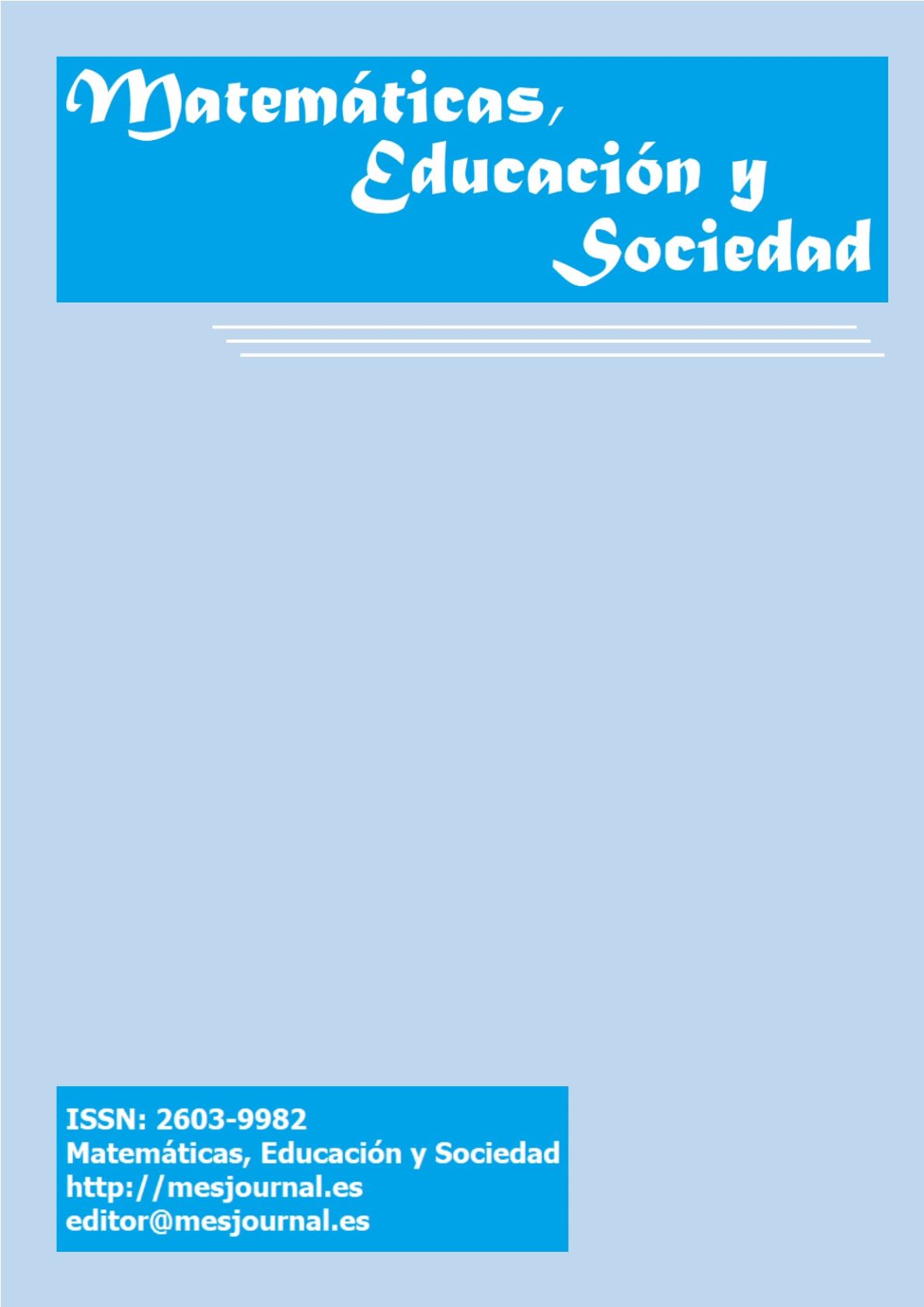The use of Kirigami as a teaching device in learning Geometry
Main Article Content
Abstract
The purpose of this research is to promote the development of Geometric thinking related to the concepts of congruence and similarity, using the kirigami as a didactic tool. The activities are supported through the kirigami technique, visualization processes with emphasis on Bishop's visualization skills (1989) and problem solving, using graphic organizers and teamwork. The sequence didactic is designed for three sessions, each with a specific objective that guides the student to autonomous learning. The results show significant evidence about the effectiveness of this methodology.
Downloads
Article Details
This work is licensed under a Creative Common License (CC BY 3.0 ES)
References
Arcavi, A. (2003). The Role of Visual Representations in the Learning of Mathematics. Educational Studies in Mathematics, 215-241. https://www.researchgate.net/publication/225216743_The_role_of_visual_representations_in_the_learning_of_mathematics_Educational_Studies_in_Mathematics_523_215-241/link/581cb79008ae12715af20609/download
Ballester, S et al. (2000). Metodología de la Enseñanza de la Matemática. Tomo I. La Habana, Cuba: Editorial Pueblo y Educación.
Bishop, A. (1989). Review of research on visualization in mathematics education. Focus on learning Problems in Mathematics, 7-16. https://www.researchgate.net/publication/226067440_Spatial_Abilities_and_Mathematics_Education_-_A_Review
Cantoral R.y Montiel G. (2001). Visualización y pensamiento matemático. México: Prentice Hall & Pearson Education.
Clemens, D., y Battista, M. (1992). Geometry and Spatial Reasoning. En D. Grouws, Handbook of Research on Mathematics teaching and Learning: A Project of the National Council of Teachers of Mathematics (pp. 34-67). New York: NCTM.
Falk, M. (1980). La enseñanza a través de problemas. Bogotá: Universidad Antonio Nariño
Goncalves, R. (2006). ¿Por qué los estudiantes no logran un nivel de razonamiento en la geometría? Revista ciencias de la educación, 1(27) 84-98. http://servicio.bc.uc.edu.ve/educacion/revista/volIn27/27-5.pdf
Hershkowitz, R. (1990). Psychological Aspects of Learning Geometry. Cambridge University Press, Matemática y cognición. 70-95. https://doi.org/10.1017/CBO9781139013499.006
Krulik, S. y Rudnik, J. (1987). Problem solving: a handbook for teachers. Boston: Allyn and Bacon.
Mason, J., Burton, L. y Stacey, K. (1988). Pensar matemáticamente. Madrid: Editorial Labor.
Pérez, F. (2004). Olimpiadas Colombianas de Matemáticas para primaria 2000 - 2004. Bogotá: Universidad Antonio Nariño.
Pólya, G. (1981). Cómo plantear y resolver problemas. México: Editorial Trillas.
Rina, Dubinsky, y Dautermann, (1996). Coordinación de estrategias visuales y analíticas: un estudio de la comprensión de los estudiantes del grupo D 4. Revista de Investigación en Educación Matemática 27 (4): 435-457. http://www.jstor.org/stable/749876

